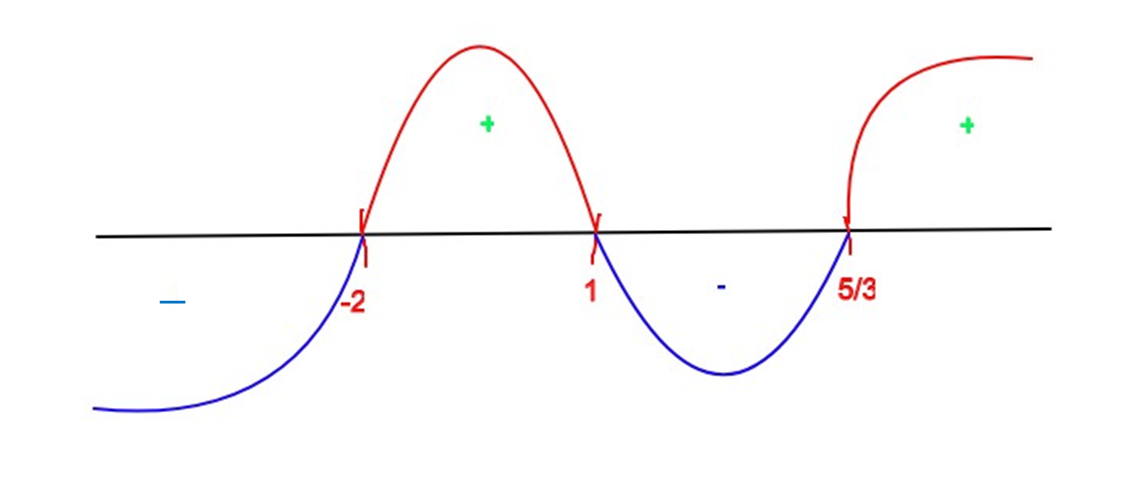Events & Promotions
|
|

GMAT Club Daily Prep
Thank you for using the timer - this advanced tool can estimate your performance and suggest more practice questions. We have subscribed you to Daily Prep Questions via email.
Customized
for You
Track
Your Progress
Practice
Pays
Not interested in getting valuable practice questions and articles delivered to your email? No problem, unsubscribe here.
- Nov 19
12:30 PM EST
-01:30 PM EST
Learn how Keshav, a Chartered Accountant, scored an impressive 705 on GMAT in just 30 days with GMATWhiz's expert guidance. In this video, he shares preparation tips and strategies that worked for him, including the mock, time management, and more - Nov 20
01:30 PM EST
-02:30 PM IST
Learn how Kamakshi achieved a GMAT 675 with an impressive 96th %ile in Data Insights. Discover the unique methods and exam strategies that helped her excel in DI along with other sections for a balanced and high score. - Nov 22
11:00 AM IST
-01:00 PM IST
Do RC/MSR passages scare you? e-GMAT is conducting a masterclass to help you learn – Learn effective reading strategies Tackle difficult RC & MSR with confidence Excel in timed test environment - Nov 23
11:00 AM IST
-01:00 PM IST
Attend this free GMAT Algebra Webinar and learn how to master the most challenging Inequalities and Absolute Value problems with ease. - Nov 24
07:00 PM PST
-08:00 PM PST
Full-length FE mock with insightful analytics, weakness diagnosis, and video explanations! - Nov 25
10:00 AM EST
-11:00 AM EST
Prefer video-based learning? The Target Test Prep OnDemand course is a one-of-a-kind video masterclass featuring 400 hours of lecture-style teaching by Scott Woodbury-Stewart, founder of Target Test Prep and one of the most accomplished GMAT instructors.
Kudos
Bookmarks
Hello guys!
I have been solving inequalities problem in forum and have observed that some of the members are not aware about the wavy curve method to solve an inequality.
I'll try to explain this method with the help of an example.
Firstly, I'll list down the step to solve this inequality by wavy curve method:-
Step 1 :- Make the right side of inequality zero and covert the equation in linear factors [e.g. if you have \((x^2)-1\), then you may write it as (x+1)(x-1)]
Step 2 :- Coefficient of x must be positive in all the factors, if that is not the case then make it positive using the appropriate mathematical operation [e.g. (1-x)(x-7)>0 should be transformed and written as (x-1)(x-7)>0]
Step 3 :- Now put all the factors equal to zero and put these values on the number line
Step 4 :- Put "+" sign on the extreme right side and change the sign alternatively
Step 5 :- Now select the region as per the condition given in the question statement. Inequality will be positive for "+" regions and negative for "-" regions.
Let us say we have an inequality to be solved ->
(x-1)(x+2)(3x-5)<0 and question asks to solve for x
Solve each factor individually and put the corresponding values on number line and start marking the regions from extreme right side and then alternatively change the sign.
Points to be market on number line are :-
1 -> by putting x-1=0
-2 -> by putting x+2=0
5/3 -> by putting 3x-5=0
Mark these points on the number line as shown in picture.

Inequality Pic.png [ 123.31 KiB | Viewed 3694 times ]
Now, we need the region where inequality is less than zero, so we will consider all the area with "-" OR negative sign to be our answer
Thus, x belongs to (-infinity, -2) U (1,5/3)
I have been solving inequalities problem in forum and have observed that some of the members are not aware about the wavy curve method to solve an inequality.
I'll try to explain this method with the help of an example.
Firstly, I'll list down the step to solve this inequality by wavy curve method:-
Step 1 :- Make the right side of inequality zero and covert the equation in linear factors [e.g. if you have \((x^2)-1\), then you may write it as (x+1)(x-1)]
Step 2 :- Coefficient of x must be positive in all the factors, if that is not the case then make it positive using the appropriate mathematical operation [e.g. (1-x)(x-7)>0 should be transformed and written as (x-1)(x-7)>0]
Step 3 :- Now put all the factors equal to zero and put these values on the number line
Step 4 :- Put "+" sign on the extreme right side and change the sign alternatively
Step 5 :- Now select the region as per the condition given in the question statement. Inequality will be positive for "+" regions and negative for "-" regions.
Let us say we have an inequality to be solved ->
(x-1)(x+2)(3x-5)<0 and question asks to solve for x
Solve each factor individually and put the corresponding values on number line and start marking the regions from extreme right side and then alternatively change the sign.
Points to be market on number line are :-
1 -> by putting x-1=0
-2 -> by putting x+2=0
5/3 -> by putting 3x-5=0
Mark these points on the number line as shown in picture.
Attachment:
Inequality Pic.png [ 123.31 KiB | Viewed 3694 times ]
Now, we need the region where inequality is less than zero, so we will consider all the area with "-" OR negative sign to be our answer
Thus, x belongs to (-infinity, -2) U (1,5/3)
Kudos
Bookmarks
Thanks for sharing, buddy. Wavy line method is very helpful.
If anyone wants to check out some more example questions: https://www.google.com/search?client=fi ... rve+method
If anyone wants to check out some more example questions: https://www.google.com/search?client=fi ... rve+method
Moderator:











